The modern way of life can guarantee plenty of things. Yet it can’t guarantee something as important as peace of mind. The monotony of 9 to 5s, forced fast-paced lifestyles, and the relentless expectations of accolades/success can be incredibly damaging to some individuals. With nothing but monotone skyscrapers and a sea of concrete and asphalt surrounding them, it can be easy for some to think the world is less a rainbow and instead just shades of gray.
For some, finding comfort in cityscapes can be a very onerous undertaking. Some people naturally long for open spaces, and for good reason. We evolved around nature, and because of this, the natural world plays a big part in our overall health. There is ample evidence to suggest that as little as 30 minutes spent in nature can have numerous positive effects. These range from improving mood, cognitive function, and sleep patterns to enhancing cardiovascular health and even alleviating mental health issues such as depression and grief. But in this day and age free time, and especially, free time where one feels well enough to head outside is rare. So a great deal of us turn to slower-paced hobbies such as reading, listening to podcasts, or enjoying our favorite anime. After all, a good show can get the dopamine going and with the range of topics anime has, there’s a show for everyone. And that brings me to the hobby-focused slice-of-life anime genre along with Slow Loop, one of the titles that stand out.
The Outdoors Heal… And Anime Knows It
While shows that deal with fantastical elements can embellish as much as they’d like to garner viewer and reader retention. More down-to-earth shows need to tread more carefully. Niche shows, especially, have to walk a fine line in presenting their preferred topics. After all, if your show deals with real-world hobbies, you must ensure that anyone viewing is enchanted enough to watch it. But at the same time, they have to ensure that the content isn’t idealized to the point of putting off those people who know that the hobby doesn’t work the way it is being presented.
It is because of this that outdoor anime shows shine. You don’t get an idealized or over-dramatic depiction of the subject matter. Because of the audience, the essence and feeling of the show need to match those of real life. Usually, a fictional depiction of something cannot compare to a real one; however, in anime, you can simultaneously view a first-person and third-person perspective. This enables the audience to observe the activity and its impact on the person involved in real time. Because of that, the missing spark is front and center and thus leads to a more vivid representation than watching someone do the real thing. You’re not just told that this can heal, excite, and break you; you’re vividly shown it.
Slow Loop: Fly Fishing & Family
Based on Mariko Uchino’s manga of the same name, the story of Slow Loop follows the unconventional meetup and growing familiar relationship of step sisters Minagi and Hyori. For a show about cute girls doing cute things, the show tackles some pretty heavy topics. From both sisters struggling with the death of a parent to the uncomfortable and isolating feelings that come with forming a new family, the show is a master at sub-text. The grief, pain, and doubt that the characters experience are seldom the focal point of any scene. But the show arranges everything in such a way that the discontent is consistently present if one observes the subtle signs.
Similar to fly fishing, Slow Loop emphasizes the importance of being a tight-knit community. Instead of promoting an ‘always love your family’ attitude, it demonstrates that family is not solely defined by birth. But by the individuals you choose to embrace in your life. While fly fishing encourages solitude, it also holds an appreciation for social interaction. Fishing lodges often feature large banquet-style tables where guests are encouraged to mingle and foster new friendships. After all, if you already have something in common, sharing a meal and a few stories is bound to bring people closer.
The Ethos of the Sport in Slow Loop
The show does a fairly decent job of explaining the intricacies of choosing a fly and casting. However, it unfortunately omits the more technical aspects, such as selecting a rod and matching it with the appropriate line and reel. But this can be forgiven. Fly fishing gear is on the expensive side, and the reality is that you’ll need several different rods to transition between areas and species. The show does an excellent job covering the habitat and providing guidance on accurately ‘reading the water’ to determine casting spots. While some may argue for additional explanations, it is relevant to note that comprehensively covering these topics is beyond the scope of a single-season show.
A unique aspect of fly fishing is its fondness for “catch and release.” Here, most, if not all, of the fish one captures are released. Special attention is paid to the gear and handling of the fish to ensure its post-release survival. A great deal of fuss is made by fishing shows to explain why this is important, from bringing up that it’s an integral part of the history of fly fishing to the financial intensives of doing so. But the reality is that both of those things are moot to most anglers. In one of the show’s episodes, Hiyori explains to Koharu that she uses barbless hooks to let fish go and goes into the usual conservation-driven explanation as to why she does this. But when pressed on the topic, in a moment of introspection she mentions it’s not about that to her. It’s about her wanting to continue doing what she loves. That frankness is a breath of fresh air. Although some may view it as selfish, the angling community largely agrees that practicing catch and release allows us to continue sharing our passion with our loved ones. All other benefits are added bonuses.
You Chase the Fish, But You Catch Peace of Mind
Being a show about cute girls doing cute things, warm moments are plenty. But the way some of the scenes were executed, could only have been written by someone who has personally experienced how freeing being in nature can be. Coming to terms with any traumatic event in life requires introspection. You have to confront the things that pain you to leave them behind. That’s something that is often easier said than done. Trauma and psychological pain are as deadly as any physical illness. While therapy and medication are a godsend to many, the complexities of mental issues often present ailments that can only be surpassed by the individual in question.
When you’re at home or in an urban environment, it can be easy to keep yourself from thinking about something, even if superficially so. That ability to disassociate is forfeited when you are out in nature, distanced from modernity. There is something about being left alone with your thoughts and being in a non-judgmental environment that brings the things in the back of your mind to the forefront. And because of this, you’re forced to make peace with certain things. Something about the environment allows you to vent without worrying about external issues. You’re allowed to let the tears flow as you see fit.
In episode 3, after a day of fishing. Koharu and Hiyori decide to stroll under the stars and admire the grandeur of it all. As any angler in that situation can tell you, it is in moments like that in which the depths of your soul seem to bubble up. Their light-hearted conversation turns into the topic that weighs the heaviest on both of them, the loss of their parents. The way this is depicted and how the environment influences the scene is done so eloquently. The conversation would not have taken place without the scenery around them, which beautifully captures how nurturing nature can be.
Not only is it nurturing, it is accepting. There’s a recurring joke that if one were to run background checks and drug tests on fly fishing guides, most of the workforce would be fired overnight. As crude of a joke as that may be, the meaning is that it is beautiful. Because in this particular hobby, who you are, what you did, or what you believe doesn’t matter. Be it race, religion, sexuality, or past, everyone’s welcome. As much as we’d like to be accepted in our lives, we’ll always be seen as weird by others who have a preconceived notion of how we should be and act. But at least out in the wilderness, your most honest self is always welcome.
Just a Note About Fishing
This article would be doing a disservice to the fly fishing world if it didn’t stress that before you even pick up a fly rod, there are a few things that you should consider. Firstly, your participation in fishing intrudes on the lives of other animals. The question of how angling affects fish in terms of pain is heavily contested. It is important to realize that you are engaging in something that can be detrimental to nature if it is not done correctly and with care.
If you choose to fly fish, practice proper catch and release. This won’t guarantee the post-release survival of all fish, but if done correctly, it will save most fish. And for your benefit, be sure you read up on all relevant laws. Failing to do so can land you in some heavy legal trouble. Lastly, always tell someone where you’re going and ensure to familiarize yourself with the potentially dangerous fauna of an area.
Written by: Jon Pierre Kristov
Slow Loop is streaming on Crunchyroll.
Images: ©Maiko Uchino/Houbunsha/Slow Loop Production Committee
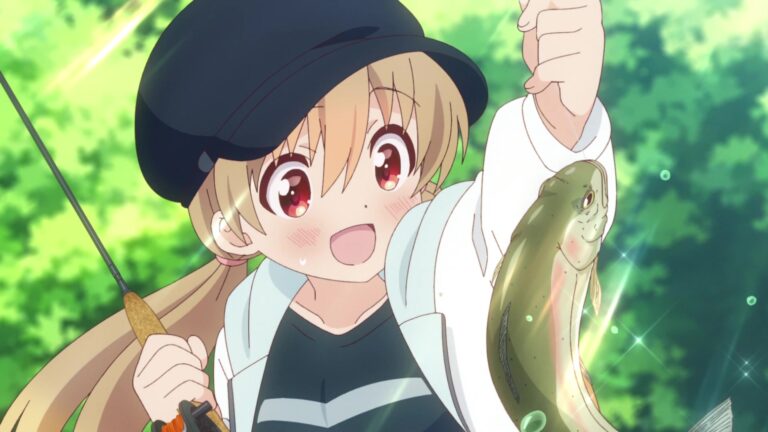
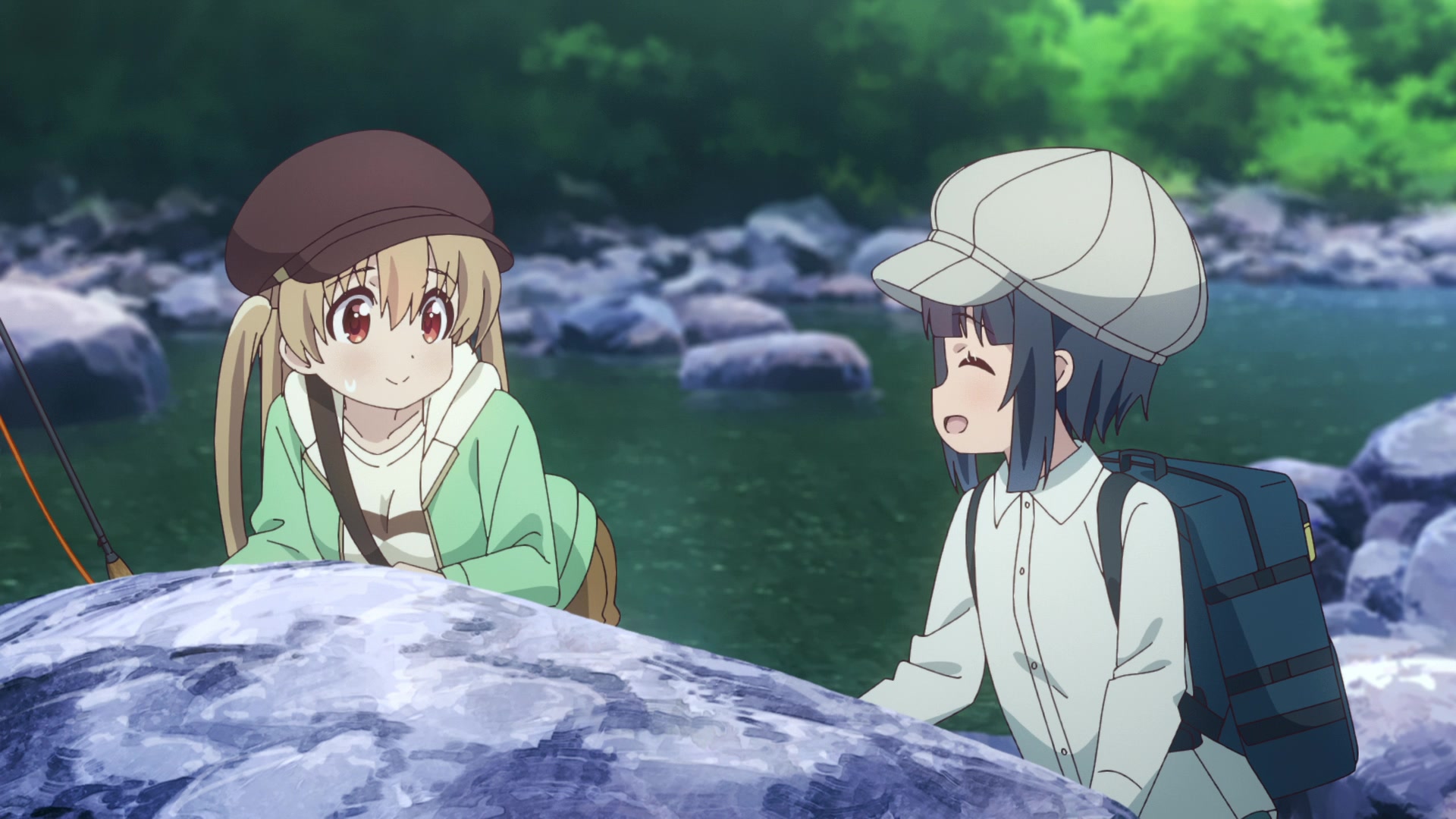
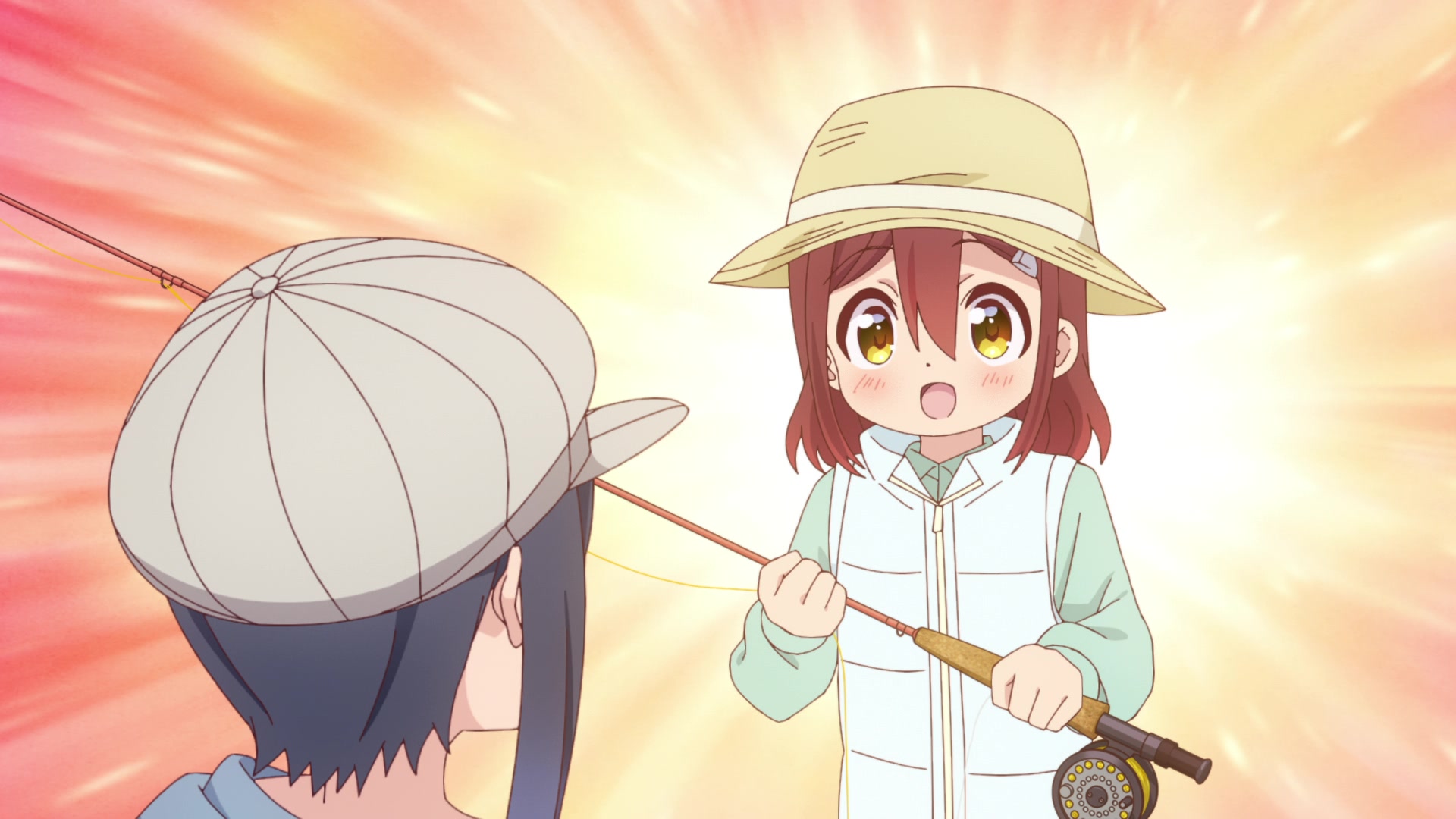
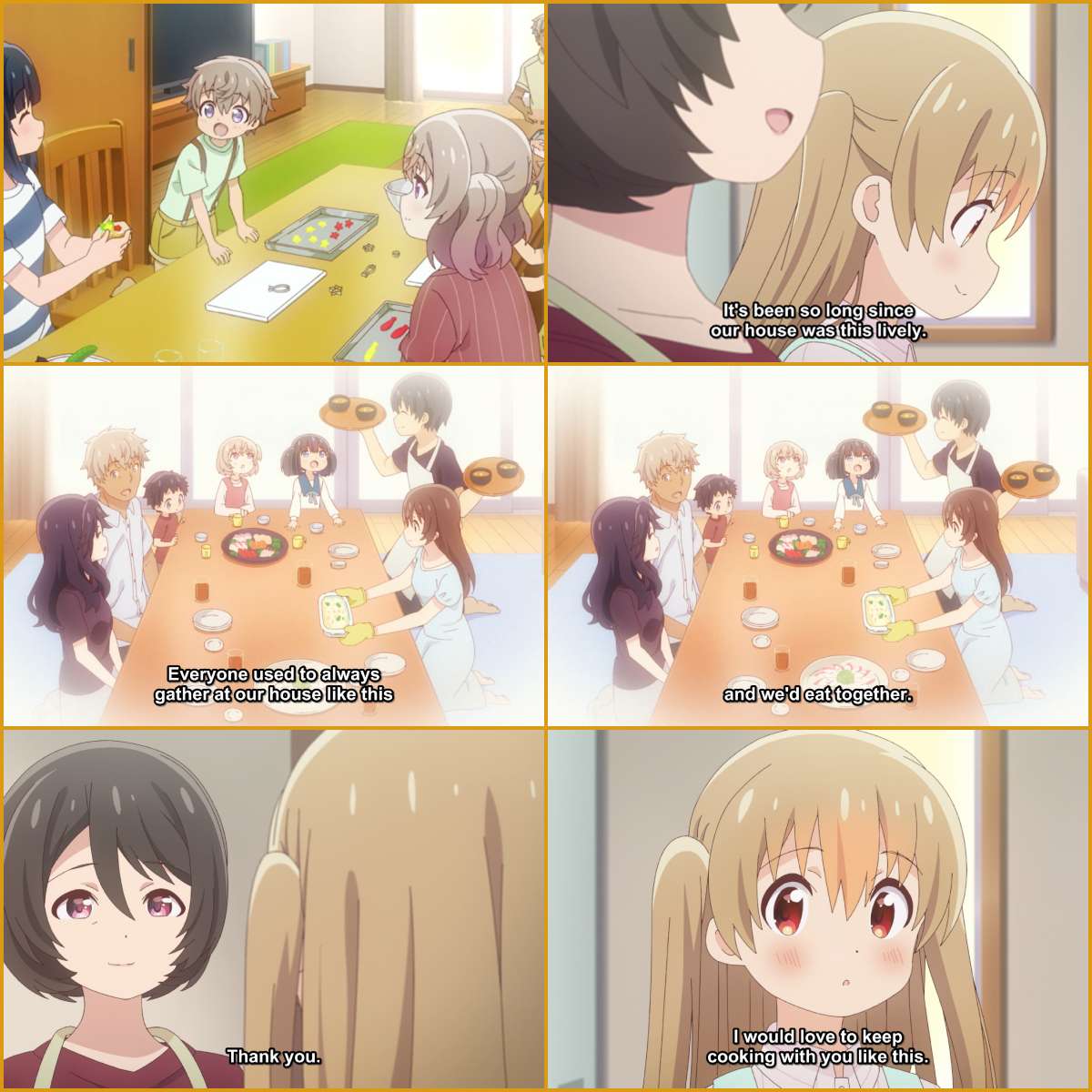
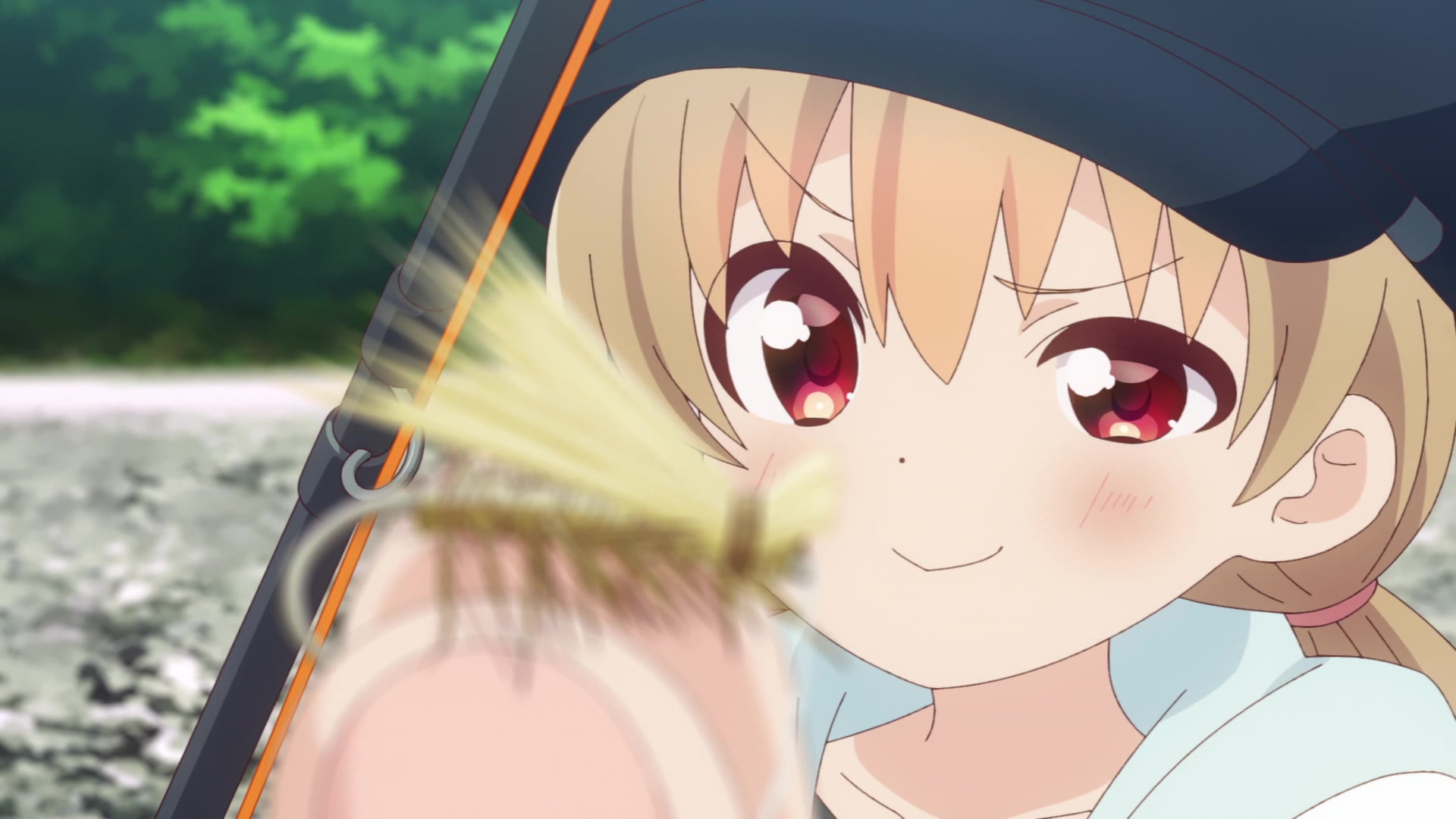
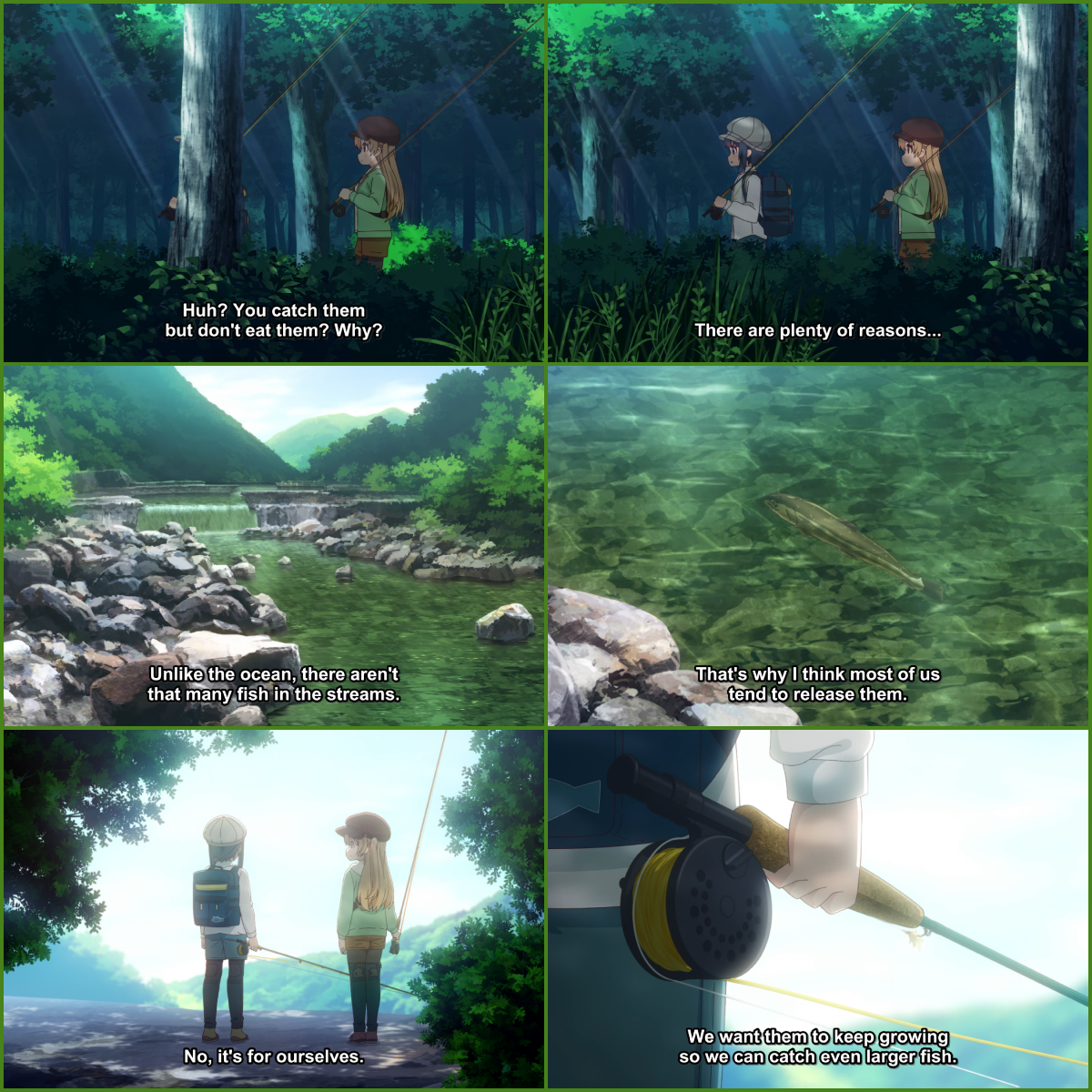
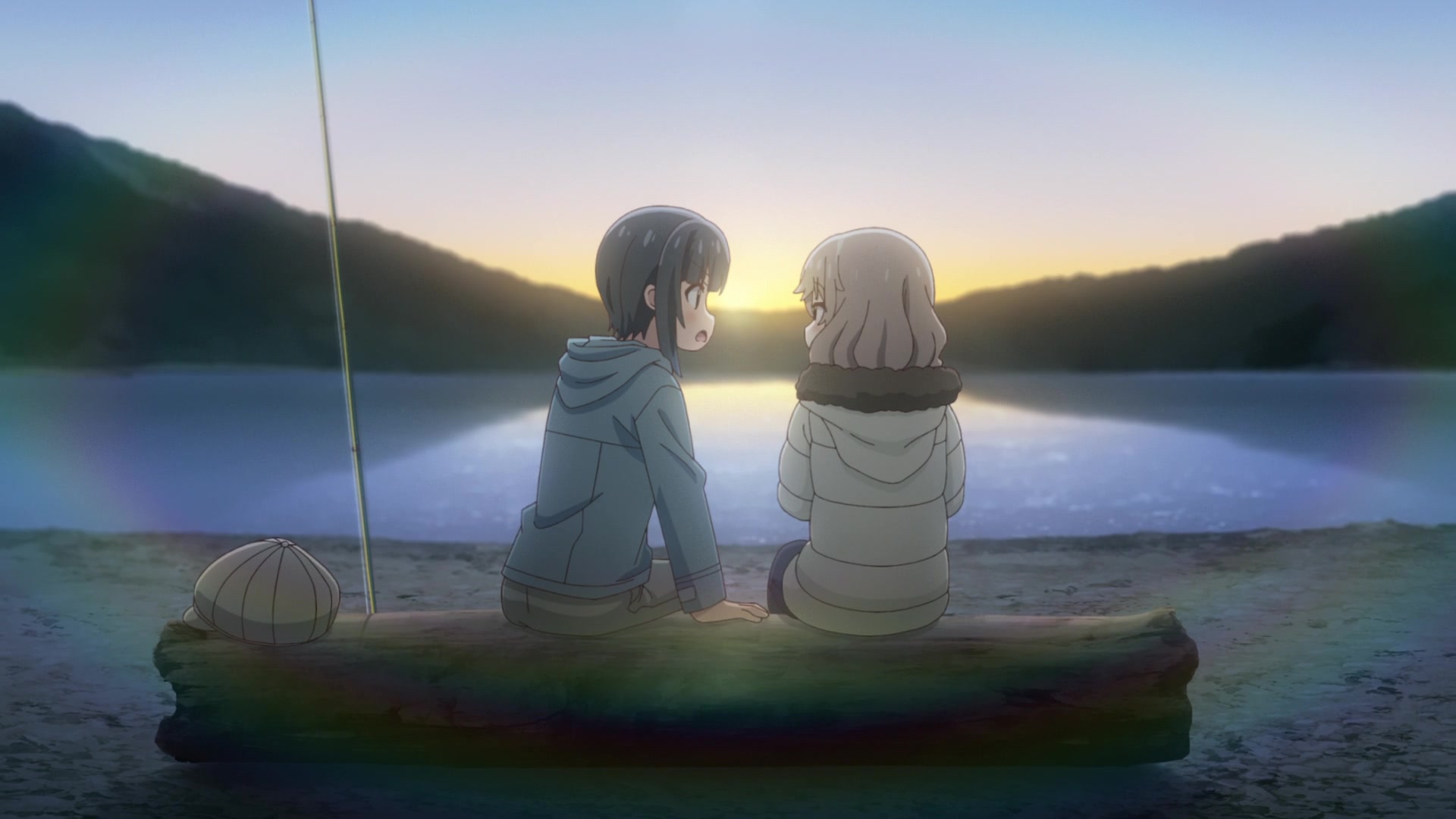
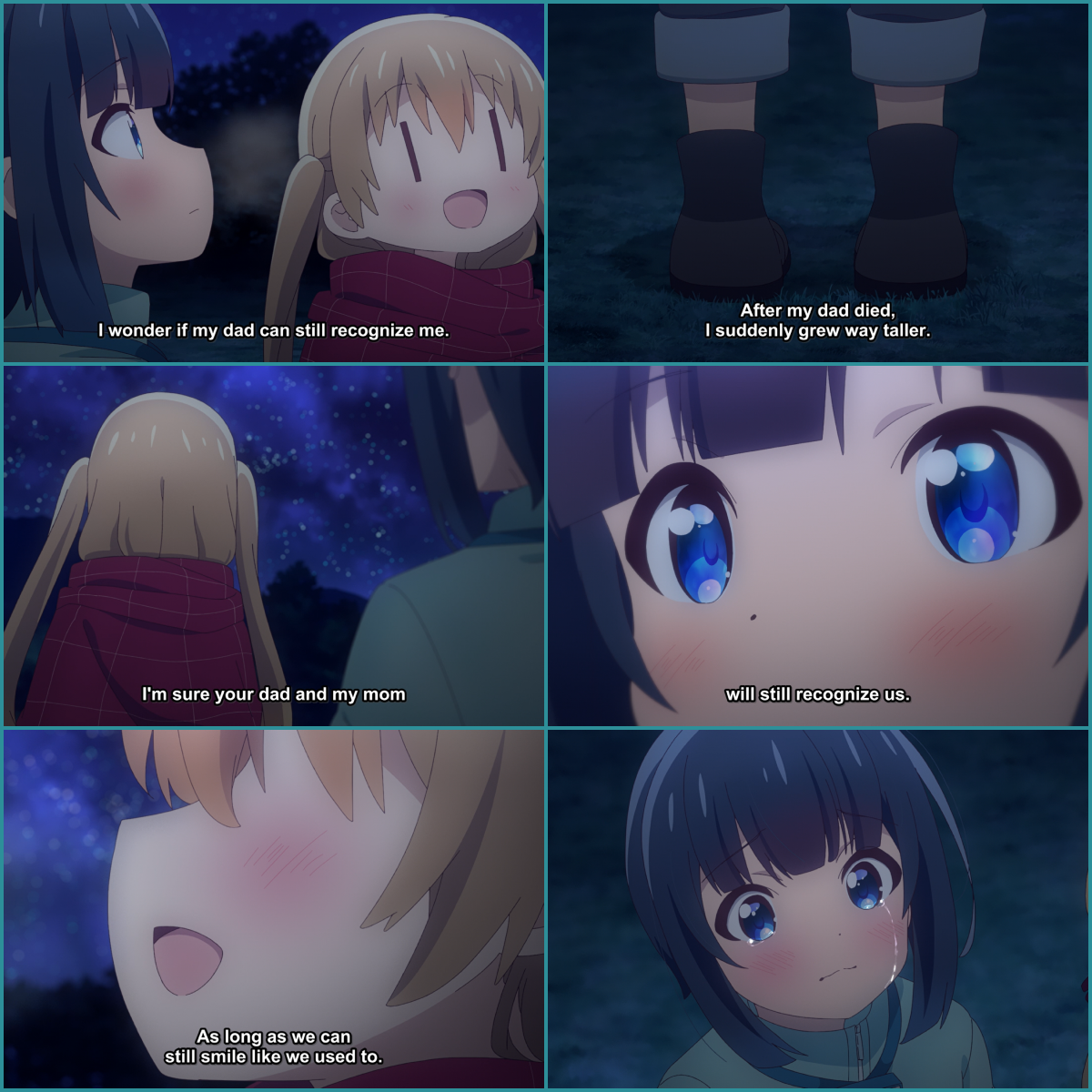
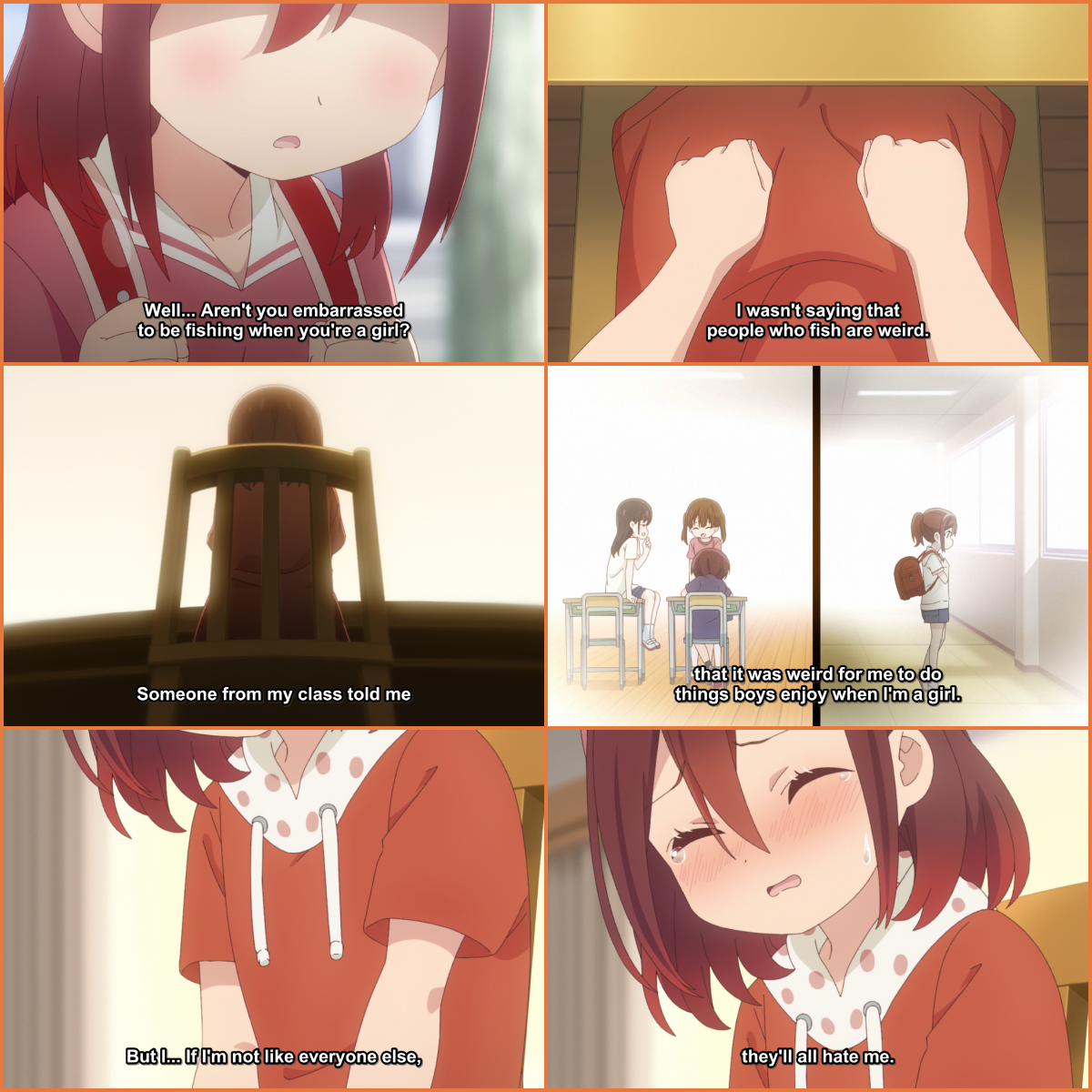
Participate In Discussions